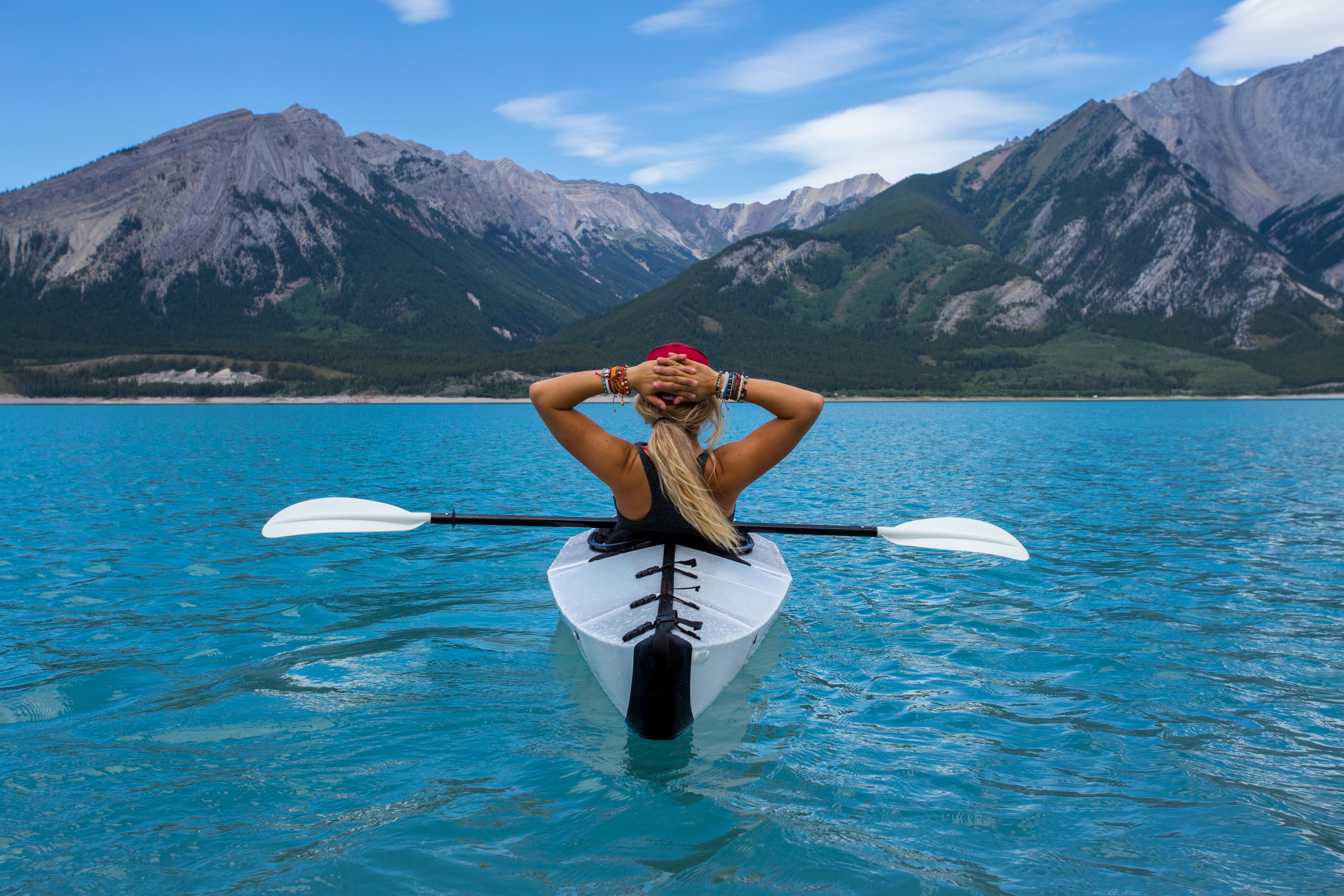
Photo by Kalen Emsley on Unsplash
Being in the height of the summer season, you are likely in need of more sunscreen (at least you should be! :D). And perhaps you are considering a sunscreen with better or higher SPF protection this time around.
But before you reach for that high SPF, consider these 5 reasons why you should select a sunscreen that is SPF 50 or lower for the most protective sunblock.
1. Sunscreens Over SPF 50 Offer Only Marginally Better Protection
While it is easy to assume that sunbathers would get twice the amount of protection from an SPF 100 product vs a SPF 50 sunscreen, this is not exactly the case. In fact, this really isn’t even close to true.
The reality is that the “extra” protection provided by a higher SPF is so small it’s not even worth considering. Research has shown that SPF 50, when properly applied, blocks 98% of the sun’s UVB rays, and SPF 30 sunscreen blocks 97% of the sun’s UVB rays, when applied appropriately.
SPF 100 blocks 99%. So when you are buying twice the amount of “protection” you are essentially just buying added chemicals, and ones that are most likely doing more harm than they are good.
That’s why, when used appropriately, the most protective sunblock that you can buy is in the range of SPF 30 to 50. These are even adequate sun protection for people who are most likely to sunburn!
Download My 5 MUST-HAVE Smartphone Apps Guide Here
2. Poorer UVA & UVB Balance
The chemicals the make up a product’s SPF are aimed at blocking UVB rays, which are the primary cause of sunburn. But they aren’t necessarily aimed at blocking UVA rays, which is what leads to skin cancer, specifically melanoma.
Because of the FDA’s limited restrictions on ingredients and concentrations, US sunscreens are far less protective against both UVA and UVB rays in general as compared to sunscreens found within the European Union. This is worse in products with high SPF ratings.
High SPF products prevent or suppress sunburn much more than they do other types of sun damage (aka cancer), because of the fact that UVA and UVB protections do not harmonize well together. And since SPF measures how much protection you receive against UVB rays only, there is a great deal of trade-off that happens when those formulas are created to give only that 1% extra UVB protection.
3. High-SPF Products May Not Really Be High-SPF, Nor the Most Protective Sunblock
When SPF 100 competitor brands of Procter and Gamble were tested at 5 different labs, the results of the SPF 100 actually varied between SPF 37 and SPF 75. P&G determined that a very small difference in testing conditions can have a great impact on the calculated SPF.
In short, P&G warned the FDA that the intense UV light used in the SPF lab testing is different than the conditions experienced in the real world and therefore, values should be capped at 50+ SPF sunscreen because at best, these higher SPFs are misleading to consumers, and likely inappropriately influence a consumer’s buying decision.
As a side note, the fact that the way these sunscreens are being tested does not mimic real life conditions is highly disturbing. What’s the point of testing if not to simulate real world conditions?!
It is this very reason that I only use one brand which I know is reputable and diligent in their testing. If you’d like more information on this brand and/or their SAFE sunscreen, please contact me by clicking here!
4. High-SPF Products Are Frequently Misused By Consumers
A higher SPF sunscreen provides consumers with a false sense of security. Meaning, most people are likely to believe that they are able to stay out in the sun longer because they are using a higher SPF.
But in reality, what is likely to happen is the consumer will overexpose him or herself to more damaging UVA and UVB rays. Whereas, those who use lower SPF sunscreen are much more likely to head indoors, or at the very least, reapply their sunscreen far earlier than those who are using the higher SPF.
More sun time means a better likelihood of sunburn and damaging UVA rays that cause skin cancer no matter what SPF you are using. However, when people use a lower SPF, they are more inclined to take care in the reapplication of said sunscreen, which also aids in the lower SPF sunscreens to provide the most protective sunblock.
I personally recommend a good Broad Spectrum Sunscreen that has an SPF of 30 because it is a good balance of preventing both UVA AND UVB rays and gives you ample amount of protection with minimal chemicals. If you’d like to know more about Broad Spectrum Sunscreen, please click here.
5. High-SPF Products May Pose a Greater Risk to Health
It should be no surprise that high-SPF products require higher concentrations of sun-filtering chemicals than that of low-SPF sunscreens. And it is likely that some of these ingredients pose higher health risks when they penetrate the skin.
Some of these ingredients have been linked to tissue damage and potential hormone disruption. Some may even trigger allergic skin reactions.
If there was evidence that these higher SPF sunblocks greater reduced the risk of sunburn, sun damage, and skin cancer in general, then perhaps the risk to the exposure of these chemicals would be worth it. Unfortunately, no such evidence exists.
On the contrary, the evidence would actually suggest otherwise. That’s why choosing sunscreens that are lower SPF, thus resulting in lower chemical concentrations of active ingredients, are really the best choice out there as the most protective sunblock available.
If you’d like to learn about my favorite sunscreen please shoot me a message on Facebook here! And don’t forget to pick up my FREE guide, My Top 5 Must-Have Smartphone Apps Every Good Mom Should Have to Keep Their Family Safe and Healthy. You can get it now by clicking the button below!
Download My 5 MUST-HAVE Smartphone Apps Guide Here
And if you’d like tips on how to choose the best, and safest, sunscreen not just for you but for your family as well, click here.
So if you’ve been on the fence about trying out a higher SPF sunscreen, I absolutely encourage you to just say “no!” Better to opt for the lower SPF instead. And be sure to use hats and other protective clothing, and reapply that sunscreen often!
I hope you have found value in this list!
If you have found value, please share by clicking on the icons below this article! I’d love to help your friends and loved ones find the most protective sunblock as well!
Until next time……..
Here’s to achieving true wellness!

*Legal Disclaimer – All information provided above is for educational purposes only. Information should not be construed as medical or legal advice in any capacity and is not intended to prevent, diagnose, treat, or cure disease.